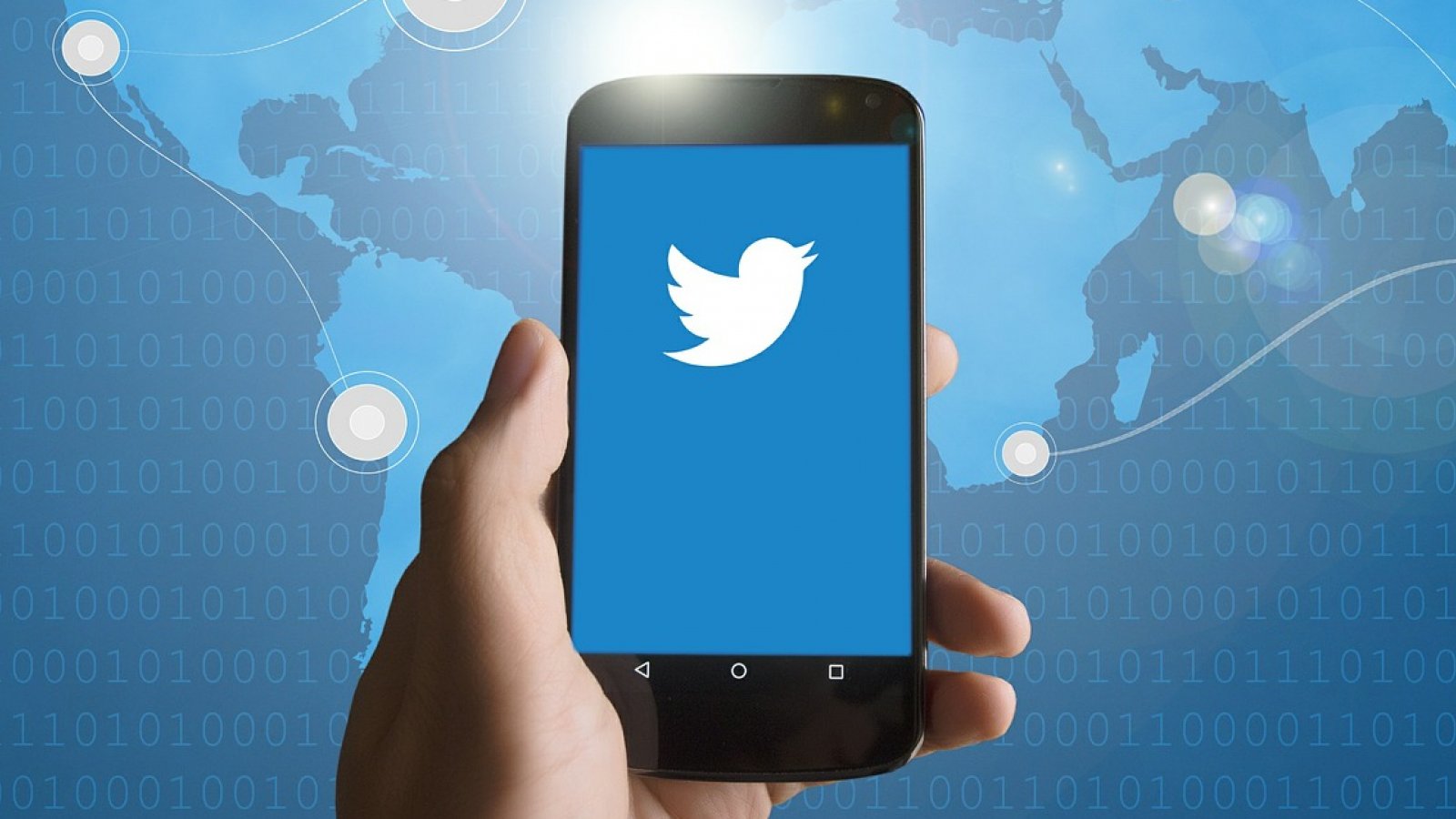
Bloomberg Technology explains how one Kremlin-linked troll factory created dozens of fake Twitter accounts designed to look like American local news outlets and operated to build credibility -- and substantial followings -- over time:
Many of the news imposter accounts amassed their following by tweeting headlines from real news sites, while others sought to represent certain communities. They targeted a diverse set of regions across the political spectrum, including Chicago, Los Angeles, Seattle, San Francisco and Boston. Several of the accounts were impersonating local news outlets in swing states, like @TodayPittsburgh, @TodayMiami and @TodayCincinnati.
Twitter identified 2,752 accounts tied to the Kremlin-linked Internet Research Agency. Forty of those were impersonating local news outlets. Twitter has deactivated them all and taken down content from third-party sources, but the 40 accounts collected more than 500,000 followers and their content reached beyond their immediate audience:
More than 100 news outlets also published stories containing those handles in the run-up to the election, and some of them were even tweeted by a top presidential aide.
(...)
The accounts amassed influential followers. Sebastian Gorka, a former deputy assistant to President Donald Trump, had retweeted several posts from @tpartynews, one of the Kremlin-linked accounts that had more than 20,000 followers. At the end of 2016 Gokra retweeted a post from @tpartynews that read: “The era of the pajama boy is over January 20th and the alpha males are back.” The post refers to one of Gorka’s catchphrases. “Pajama Boy” refers to a meme that advocated for the legislative agenda of Barack Obama. Trump was inaugurated on Jan. 20.
(...)
From the beginning of 2016 until Election Day, Tweets [sic] from those accounts were cited by more than 100 news organizations. One month after the election, the Washington Post included an embedded tweet from @ChicagoDailyNew.
Bloomberg Technology reports "[t]here were both left-leaning and right-leaning accounts," and explains why Russia would employ this strategy:
Researchers have concluded that many of the IRA-linked accounts were created to sow social discord, by trying to "put left-wing people further to the left and right-wing people further to the right," said Ben Nimmo, a senior fellow at the Atlantic Council Digital Forensic Research Lab.
Even more disturbing is the probability that Russian operatives had a longer-term strategy in mind:
A U.S. intelligence report concluded that the Russian government was expecting Hilary Clinton to win the election and were prepared to call into question the validity of the results. Pro-Kremlin bloggers had prepared a Twitter campaign, #DemocracyRIP on election night in anticipation of her victory, according to the report. These news imposter accounts could have aided those efforts to undermine the election results by promoting certain hashtags and topics like “voter fraud” or “rigged election." By having a network of local news accounts across the country, the Kremlin would be able to distribute propaganda at scale that could galvanize local populations to protest, according to Nimmo.
The majority of the imposter news accounts were created more than a year before the 2016 U.S. elections. The history of tweets and engagement with real users improves the placement of the account and its posts in Twitter's search results, according to Kris Shaffer, a data scientist doing research for University of Mary Washington and the Data for Democracy. That means that if the account does push major disinformation campaigns, it is less likely to be blocked.
How the Kremlin Tried to Pose as American News Sites on Twitter (Bloomberg Technology)